Animals that start with w: list with pictures and facts. Discover awesome animals beginning with w, including wolves, wallabies, walruses, whale sharks and wolverines.
***
Animals That Start With W: Pictures & Facts
On this page you’ll find a list of animals beginning with w, together with pictures and interesting facts about each species. Below many of the animals are links that you can follow for further information, pictures and videos.
Included in this list are individual species (e.g. wolf) and well-known groups of species (e.g. whales) whose names begin with W. The scientific name and conservation status are provided for each of the individual species.
Discover animals beginning with ...
- Main list page: Animals A to Z
- Become an animal expert: Animals: The Ultimate Guide To The Animal Kingdom
List of Animals Beginning With W
Wahoo
- Scientific Name: Acanthocybium solandri
- Conservation Status: Least Concern
The wahoo is one of the world’s fastest fish, able to swim at speeds of up to 60 mph (97 km/h). This fast-moving predator is in the family Scombridae, along with mackerels, tunas and bonitos.
The wahoo is found all around the world, mainly in tropical waters. It is built for speed, with a long, streamlined body and powerful forked tail. Its beak-like mouth is filled with razor-sharp teeth.
Wallaby
Wallabies are mid-sized marsupials (pouched mammals) in the family Macropodidae (the kangaroo family). There is no scientific difference between wallabies and kangaroos; the term ‘wallaby’ is simply used to describe macropods (members of Macropodidae) that are, in general, smaller than kangaroos.
Like all kangaroos, wallabies have long tails, powerful hind legs and relatively short forelimbs. They move by jumping, rather than by walking.
The dwarf wallaby is the world’s smallest macropod. Rock wallabies are expert climbers that live in rocky habitats.
Walrus
- Scientific Name: Odobenus rosmarus
- Conservation Status: Vulnerable
The walrus is a large mammal found in the Arctic. It is a member of a group of marine mammals called pinnipeds, which also includes both of the seal families. The walrus is the only species in the family Odobenidae.
Both male and female walruses have long, curved tusks. A male walruses’ tusks can grow up to 1 m (3.3 ft.) in length. No other pinniped has tusks, so if you see a large, seal-like animal armed with two dangerous-looking white tusks, then you’ll know it’s a walrus!
- You can find out more about walruses here: Walrus Facts
Wandering Albatross
- Scientific Name: Diomedea exulans
- Conservation Status: Vulnerable
The wingspan of the wandering albatross, which can reach around 11 ft. (3.3 m), is the largest of any bird. The species is found in the Southern Ocean. The wandering albatross lives up to its name; it has been known to fly all the way around the southernmost part of the world three times in a year!
The wandering albatross eats fish, squid, jellyfish and other marine species. The species is often caught by fishermen using long-line fishing techniques. This is the main cause of the bird’s vulnerable status.
Wasp
Wasps are insects in the suborder Apocrita, which also includes ants and bees. There are over 100,000 known species of wasp, and many more still to be discovered and named. Wasps first appeared in the Jurassic Period.
Many wasp species, including yellowjackets and hornets, live in colonies comprising an egg-laying queen, many female workers who do not reproduce, and – at certain times of the year – male drones.
Water Boatman
‘Water boatman’ is a name given both to aquatic insects in the family Corixidae, and – in the UK – to the species Notonecta glauca.
Members of the family Corixidae are found in ponds and streams. They swim near the bottom of the water, propelling themselves with oar-shaped hind legs. Most of the 500 species in the family feed on plants and algae.
The species Notonecta glauca swims upside-down just under the water surface. It is a predatory insect that preys on mosquito larvae.
Weever Fish
Weever fish are a group of 9 species that make up the family Trachinidae. All have a cluster of poisonous spines just behind the head. Weever fish bury themselves in the sand or mud, with only their eyes showing. When prey – which includes shrimp and small fish – comes within range, the weever fish darts out to snatch it.
A sting from a weever fish can be extremely painful, but is rarely, if ever, life-threatening.
Weevil
Weevils are small beetles that feed on plants. Most have long snouts and clubbed antennae. There are over 80,000 species of weevil. Many are considered pests because of the damage they can cause to crops.
West Indian Manatee
- Scientific Name: Trichechus manatus
- Conservation Status: Vulnerable
The West Indian manatee is an aquatic mammal found on the coast and in river systems of North and South America. It is a large, slow-moving herbivore (plant-eater). Because of this it is often called a ‘sea cow’.
The West Indian manatee is the largest member of the order Sirenia. The only other members of this group are the Amazonian manatee, the West African manatee, and the dugong.
- You can find out more about this awesome mammal here : West Indian Manatee Facts
Western Gorilla
- Scientific Name: Gorilla gorilla
- Conservation Status: Critically Endangered
The western gorilla is one of two species of gorilla, the other being the eastern gorilla. Both species are found in Africa. The western gorilla is slightly smaller than its eastern relation, and is therefore the world’s second-largest great ape.
Western gorillas live in small to medium groups known as troops. A typical troop comprises several females, and either one or a small number of males. The troop is led by a dominant male, known as a silverback on behalf of the patch of lighter hair on his back.
The western gorilla is critically endangered. This is mainly caused by the illegal hunting of the species by local people for bushmeat.
- You can find out more about gorillas here: Gorilla Facts
Whale
Whales are large aquatic mammals that are found throughout the world’s oceans. Whales are members of Cetacea, a group of animals that also includes dolphins and porpoises.
There are two main types of whale: toothed whales (Odontoceti) and baleen whales (Mysticeti).
The toothed whales, as their name suggest, have teeth. The group includes whale species such as sperm whales and beaked whales, as well as dolphins and porpoises. (The orca, or killer whale, is an oceanic dolphin.)
Baleen whales are filter feeders. In their mouths are structures known as baleen plates, which contain hair-like fingers that separate food from the water. Well-known baleen whales include the humpback whale, the fin whale, and the huge blue whale – the largest species to ever live on Earth.
- You can find out more about humpback whales here: Humpback Whale Facts
- You can find out more about blue whales here: Blue Whale Facts
Whale Shark
- Scientific Name: Rhincodon typus
- Conservation Status: Endangered
The whale shark is the world’s largest fish. It gets its name from its whale-like size. It is found in tropical waters all around the world.
The whale shark is a filter feeder. It feeds on plankton, which it separated from the seawater using sieve-like structures called filter pads. Only two other sharks feed this way: the basking shark and the megamouth shark.
- You can find out more about whale sharks here: Whale Shark Facts
Whip-Scorpion
Whip scorpions are arachnids that resemble scorpions. They have eight legs, six of which are used for walking. The forelegs contain sensory organs. In addition, they have a pair of pincers and a long- whip-like tail. There are over 100 species of whip-scorpion.
Whip scorpions are also known as vinegaroons due to the smell of the liquid that they expel when threatened.
White-Tailed Eagle
- Scientific Name: Haliaeetus albicilla
- Conservation Status: Least Concern
The white-tailed sea eagle is a large bird of prey in the family Accipitridae. It is found in Europe and Asia, and is closely related to the bald eagle of North America. Its plumage is brown, and the species has a distinctive short white tail.
The white-tailed eagle’s wingspan can reach 2.45 m (8 ft.). The species has the largest wingspan of any eagle, and is the world’s fourth largest eagle.
Wild Boar
- Scientific Name: Sus scrofa
- Conservation Status: Least Concern
The wild boar is found in Europe, Asia and Africa. It is a member of the pig family, Suidae, and is the ancestor of the domestic pig.
Like all pigs, the wild boar is intelligent and adaptable. It is found in many habitats, and is particularly associated with forests and woodlands. The species is an omnivore (i.e. it eats both meat and plants) and often finds food such as roots, bulbs, worms and insects by rummaging in the soil.
Wildebeest
Wildebeests are antelopes in the hooved mammal family Bovidae. There are two species of wildebeest, the black wildebeest and the slightly larger blue wildebeest. Both are found in savannas in sub-Saharan Africa. The black wildebeest has brown hair; that of the blue wildebeest is dark grey and striped.
Over a million wildebeest take part in the Great Migration, a long, circular journey that takes place every year in the Serengeti region of East Africa.
Wildebeests are also known as gnus.
Wolf (Gray / Grey)
- Scientific Name: Canis lupus
- Conservation Status: Least Concern
The gray (spelt grey in British English) wolf is the largest member of the dog family, Canidae. The wolf is found in North America, Europe, Asia and Africa. It has 38 subspecies, including the domestic dog and the dingo.
Wolves live in packs, which consist of a male and female and their offspring from multiple years. After around 1 to 4 years young wolves will leave the pack to start families of their own.
Wolves are highly territorial, and fights over territorial rights are one of the leading causes of mortality in the wild.
Wolves prey on a wide range of species. Hunting as a pack allows wolves to bring down prey much larger than themselves – including moose and reindeer – but they will also eat small animals such as hares and mice.
- You can find out more about the Eurasian wolf here: Eurasian Wolf Facts
Wolverine
- Scientific Name: Gulo gulo
- Conservation Status: Least Concern
The wolverine is a mammal found throughout the Northern Hemisphere in Arctic and subarctic regions. It is the largest land animal in the weasel family Mustelidae (some otter species are larger).
The wolverine is a hardy predator, known for its ferocity and strength. It preys on a wide range of animals, including squirrels, beavers and deer.
The wolverine shares its range with large predators such as wolves and bears, and has been known to see off larger animals attempting to steal its prey.
- You can find out more about wolverines here: Wolverine Facts
Wombat
Wombats are marsupials (pouched mammals) that look like small, fluffy bears. Appearances can be deceptive, however; wombats are aggressive if they feel threatened.
There are three species of wombat: the Common wombat, Northern hairy-nosed wombat and Southern hairy-nosed wombat. All are endemic to (i.e. only found in) Australia. The northern hairy-nosed wombat is critically endangered, and only around 80 individuals are left in the wild.
Wombats are burrowing animals. Unlike most marsupials, the female’s pouch opens towards the rear of the body. This is an adaptation to prevent dirt from entering the pouch when the animal is digging.
- You can find our more about wombats here: Wombat Facts
Woodpecker
Woodpeckers are a group of birds in the family Picidae, most of whom live and forage among trees.
Woodpeckers have a number of adaptations for their forest and woodland-dwelling lifestyle. They have short legs, and their feet are arranged with two forward-facing toes and two backwards-facing toes. This, together with stiff tail feathers, allows them to climb vertically up tree trunks. It also provides leverage as they hammer at the tree trunk with their powerful bills.
Woodpeckers don’t just peck at tree trunks to find food; the sound produced by their drilling is also used as a territorial call.
Wrasse
Wrasses are marine fish that are mostly found in tropical and subtropical waters. Wrasse have distinctive big lips and are known in Germany as ‘Lippfische’, which means ‘lip fish’. Many wrasse are brightly colored.
The largest species of wrasse is the endangered humphead wrasse.
The females of many species of wrasse can change into males as they reach maturity.
- You can find out more about the humphead wrasse here: Humphead Wrasse Facts
Animals That Start With W: Conclusion
We hope that you've discovered some awesome new animals beginning with w on this page. Continue your exploration of the animal kingdom by checking out the following pages:

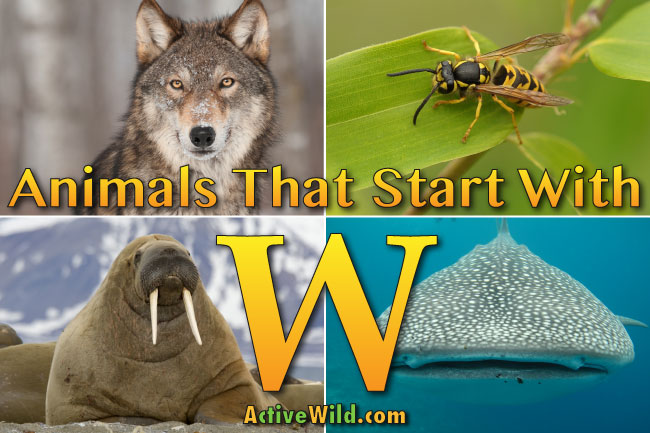





























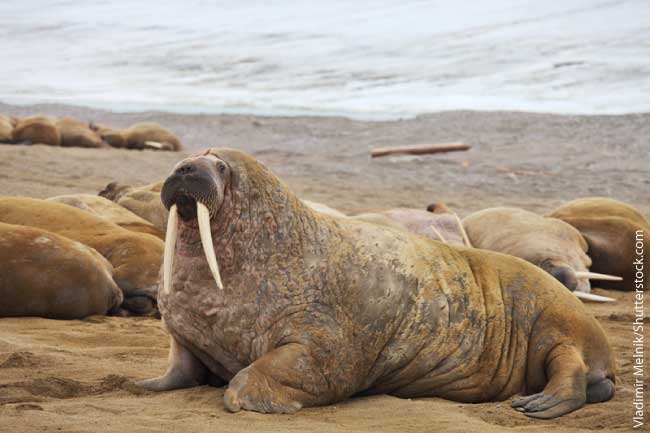




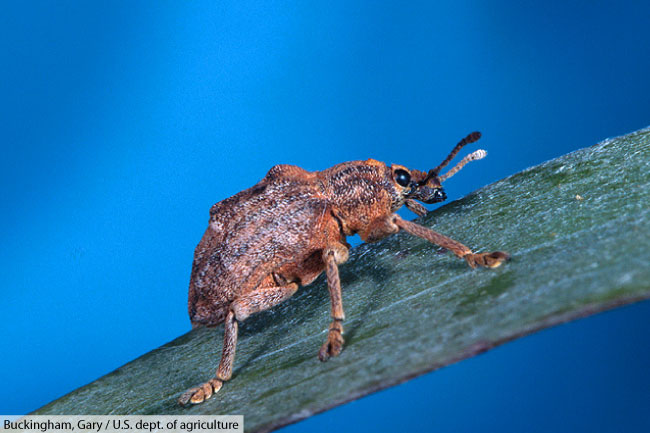
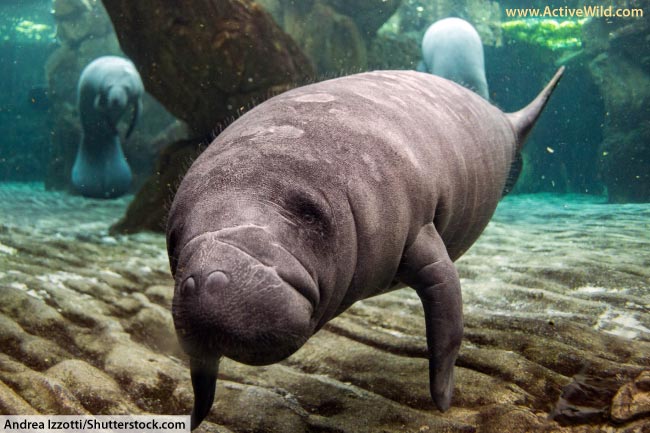

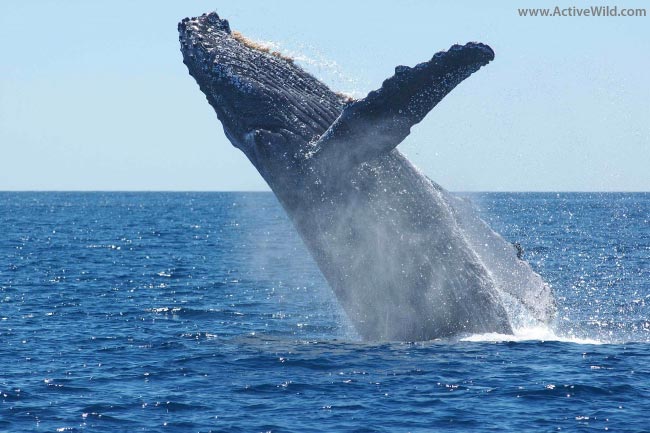
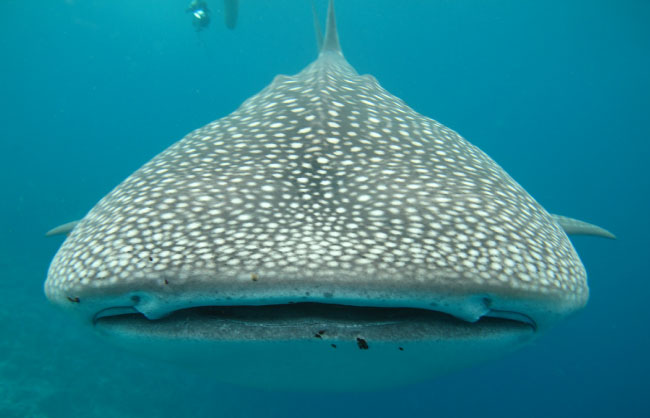



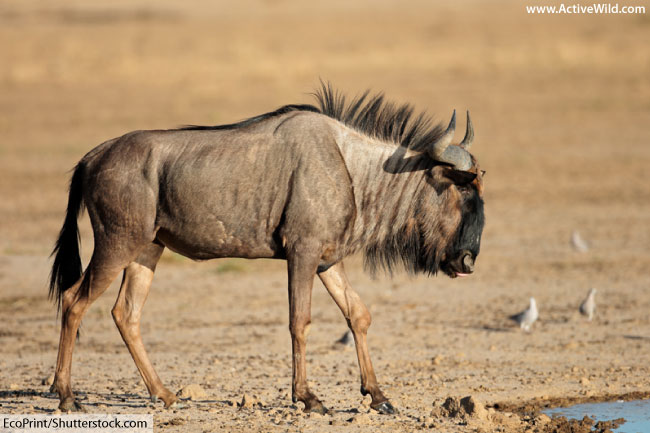
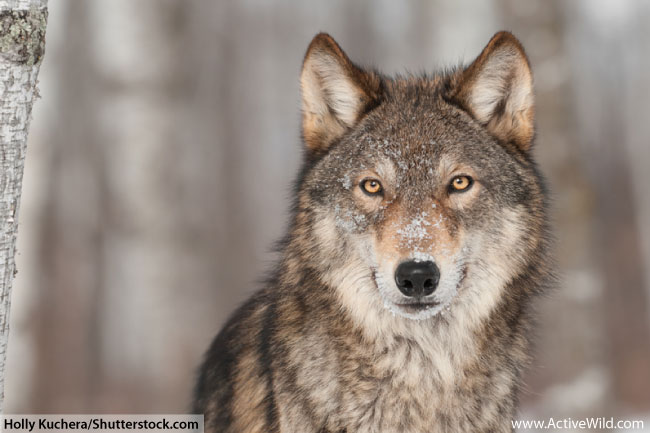
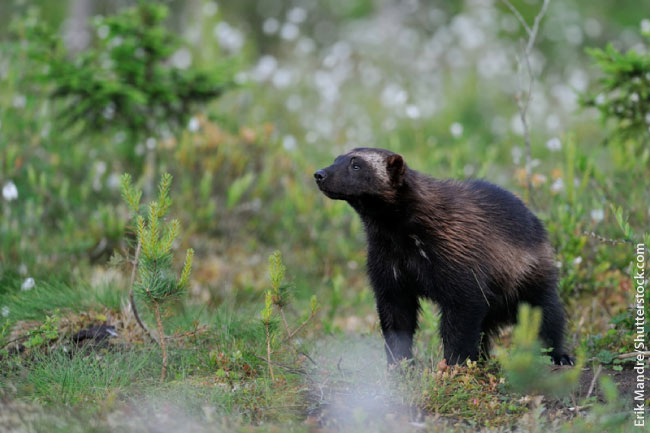
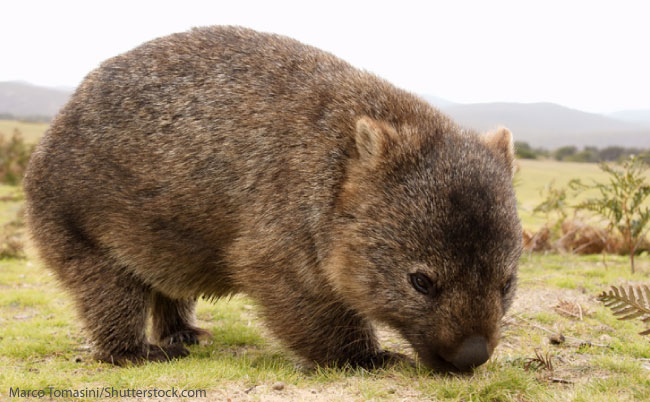

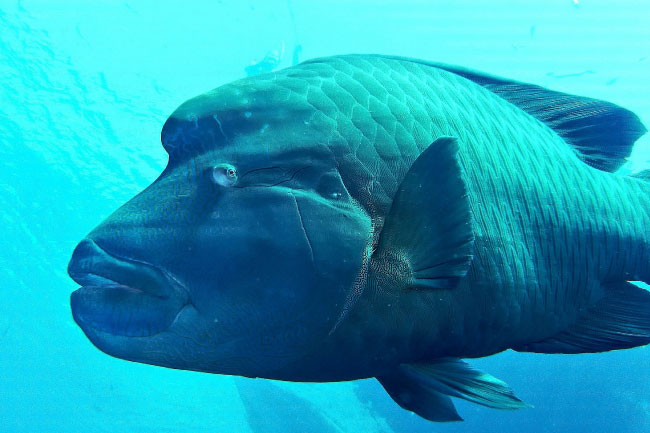

no warthog
I making a class logo can you come up with an animal that goes good with 4W or goes good with grade 4
i think a wasp!!